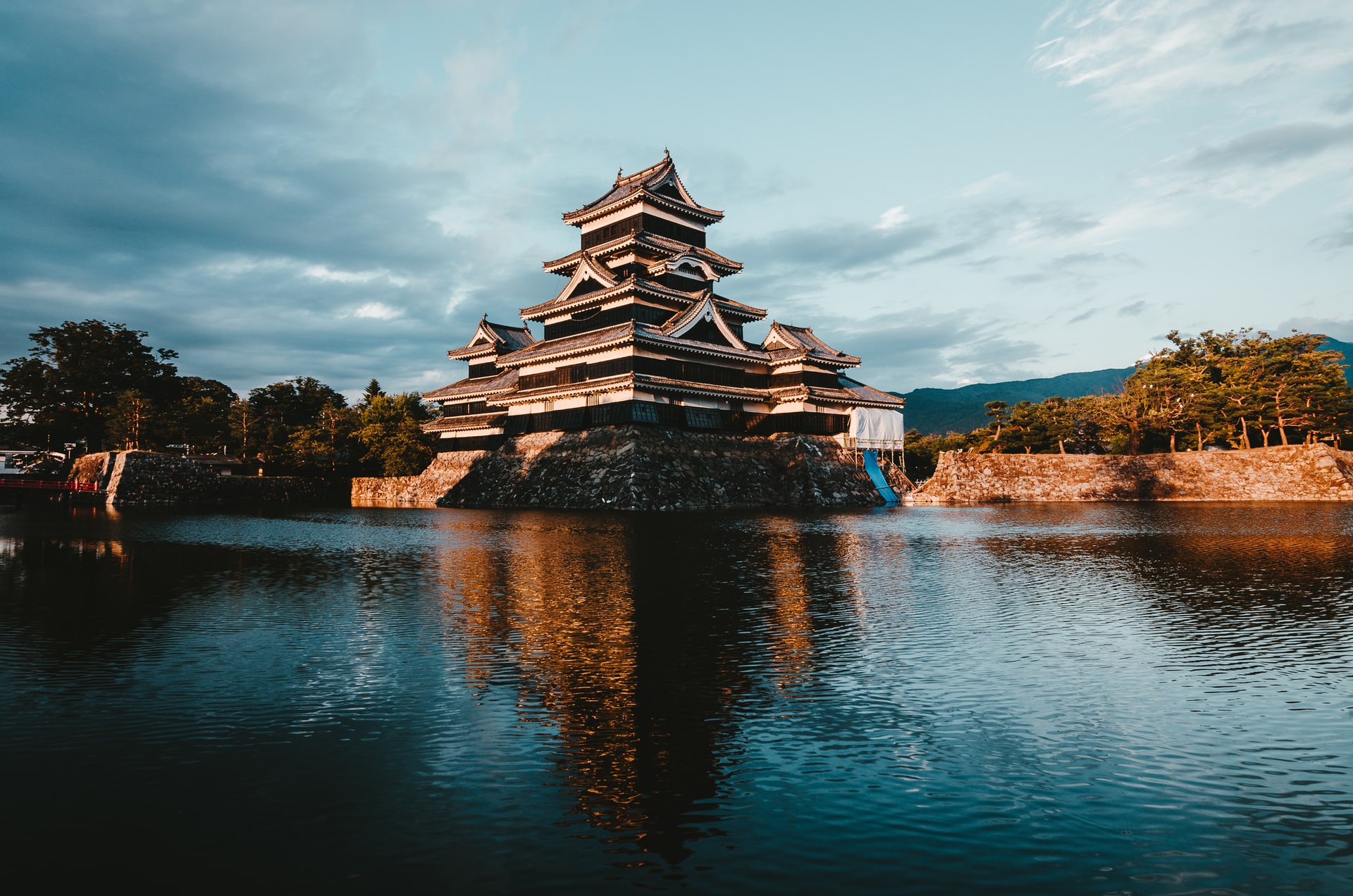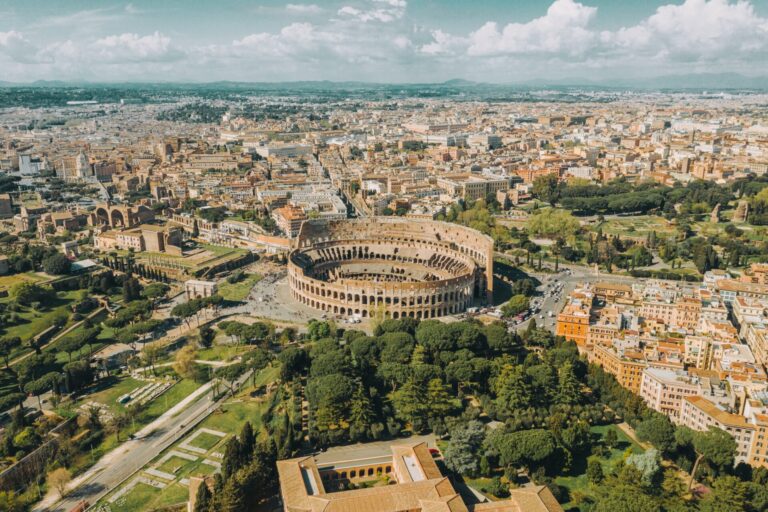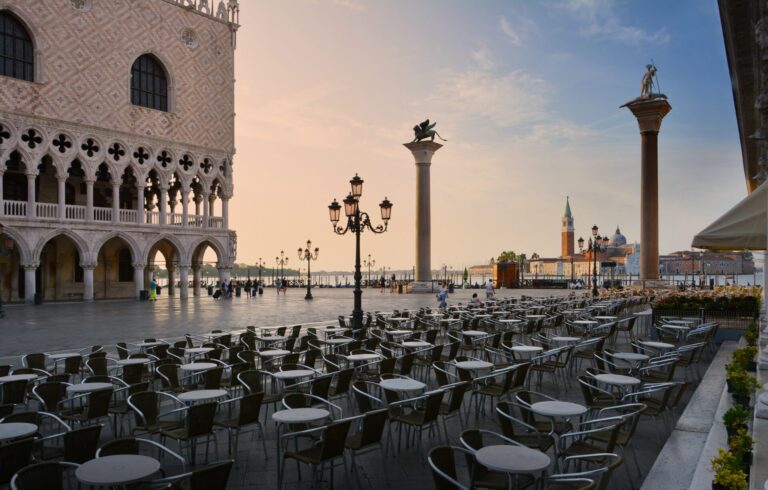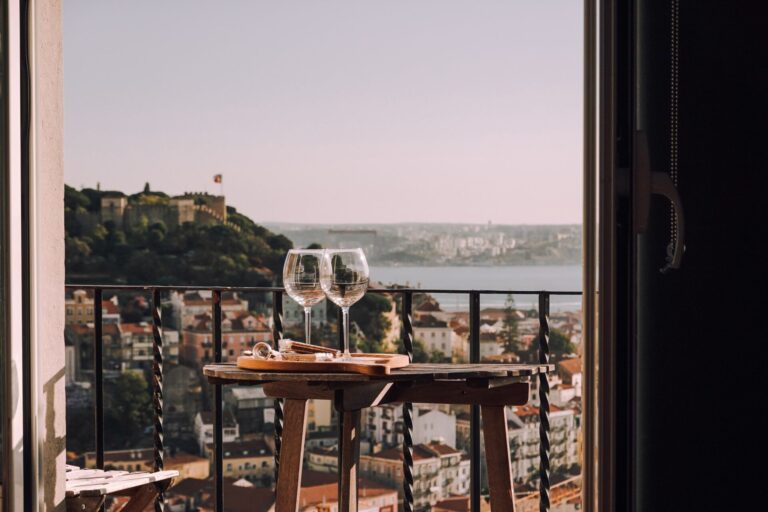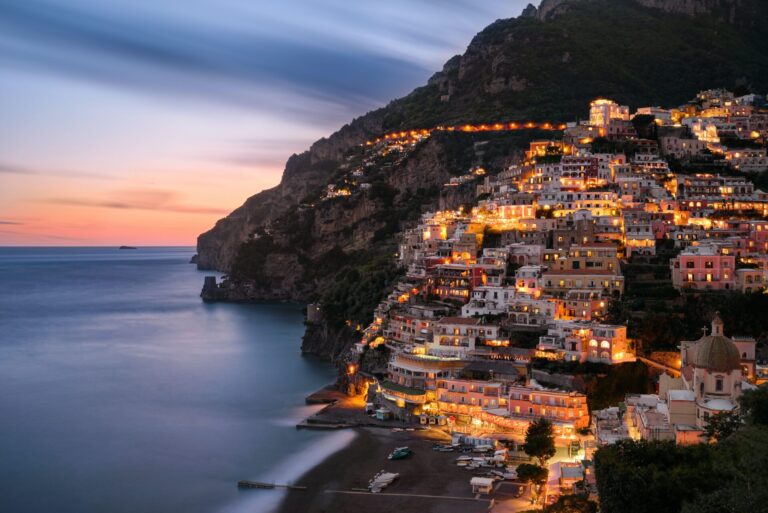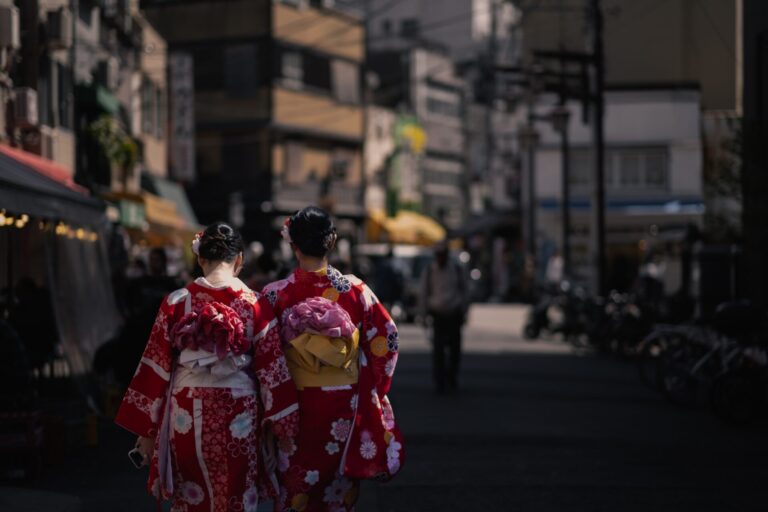Matsumoto Castle, Japan’s oldest castle
Matsumoto Castle is the oldest Shiro in Japan and one of the most beautiful. Built in 1337, it was initially a tiny fortification on Mt. Shirokov.
It became a castle when Ashikaga Yoshimitsu added more buildings to it and named it “Matsumoto-jo.” Since then, the castle has been rebuilt many times as an important military stronghold, making it one of Japan’s most important historical buildings and a popular site for tourists.
Page Contents
About Matsumoto Castle
The Matsumoto Castle – also known as the Crow Castle due to its distinctive black exterior – is one of five castles designated as ‘National Treasures of Japan.’
The castle’s origins go back to the Sengoku period, where it was initially built as a medieval fortress in 1504. Still, it got transformed into a palace over the years, making it the oldest six-story castle tower in Japan which remains.
One of the things that make the Matsumoto Castle so unique is its flatland castle – or as the Japanese call it: a hirajiro. This means that the castle was not built according to military criteria (on top of a hilltop or amid rivers), but instead on politically or economically interesting locations.
This means that these hirajiro’s had to rely on a few other defense systems, such as an extensive inter-connecting wall, moats, gatehouses, and a hidden floor. Hence, it was possible to hide more samurai soldiers than the enemy would expect.
Surprisingly – in its 500 years existence – the Matsumoto Castle never saw a battle, and instead of being a symbol of war, the castle became a symbol of the people who worked so hard to protect it. The castle still displays a vast collection of war artifacts, such as armor and weapons and even the first guns used in Japan.
Legends around Matsumoto Castle
The Matsumoto Castle dates back to the beginning of the Edo era, and throughout Matsumoto’s history, there have been many legends, myths, and ghost stories surrounding this spectacular building.
One of the most well-known legends is about Ii Naosuke (1815-60), a high-ranking government official during Japan’s feudal period; he moved from Fukui castle to Matsumoto Castle in 1853. As soon as his belongings were unloaded at Matsumoto Castle, he was attacked by an unknown assailant who pierced him through with a spear and killed him.
Even though it was proved that one of his servants had committed the crime, people today still believe the legendary story that he was killed by a vengeful spirit from Matsumoto Ryouzan, an armored warrior who served Matsudaira Nobutsuna, the lord of Matsumoto Castle during Japan’s Sengoku period. It is said that Ii Naosuke’s death was avenged by Matsudaira Kiyoyasu, Matsumoto Castle’s next owner and his retainers.
Matsumoto Ronin (masterless samurai)
Several other stories about mysterious phenomena have occurred at Matsumoto Castle; strange lights have been seen flickering through the castle’s windows, as well as the mysterious disappearance of a wooden plank that was used to route water from Matsumoto Lake into the castle moats.
How to reach Matsumoto Castle
Matsumoto Castle, known initially as Fukashi Castle, is located in Matsumoto City in Nagano Prefecture, Japan, and is easily reachable by public transport as Matsumoto Station is just a five-minute walk from the castle.
When to wear when visiting Matsumoto Castle
When visiting Matsumoto Castle, you may want to consider wearing traditional Japanese clothing to fully immerse yourself in the culture. Here are some traditional Japanese clothing options to consider:
- A kimono is a traditional Japanese garment that is worn by both men and women. It consists of a long robe with wide sleeves, a sash (obi), and often features intricate designs and patterns. Kimonos are typically made of silk or cotton and are a great way to experience traditional Japanese culture.
- A yukata is similar to a kimono, but is a more casual and lightweight garment that is often worn during the summer months or for festivals. It’s made of cotton or synthetic fabric and is a comfortable and practical option for visiting Matsumoto Castle.
- A happi coat is a loose-fitting coat that is often worn during festivals or celebrations. It features bold patterns and designs, and is typically made of cotton or silk.
A jinbei is a casual Japanese outfit that is often worn during the summer months. It consists of a top and shorts that are made of lightweight fabric, making it a comfortable and practical choice for visiting Matsumoto Castle.
When to visit Matsumoto Castle
The best moment to visit the castle is during Matsumoto’s famous Matsumoto Matsuri, which takes place over 15 days from the end of July to the beginning of August each year. During the Matsumoto Matsuri, visitors are free to wander around the castle and witness various traditional customs, including performances by local Shinto priests (Yamabushi).
In addition, it’s essential to know that the castle closes at 5 pm during winter time; I would suggest you plan your trip accordingly as visiting Matsumoto Castle in autumn and spring could mean more extended hours to explore Matsumoto Castles grounds.
What to do at Matsumoto Castle
Since the Matsumoto castle has such an essential role in the city, various activities are taking place throughout the year. Such as:
- Matsumoto Matsuri is a time to get dressed up in traditional Japanese costumes and enjoy multiple performances at least once during your stay.
- Matsumoto Jidai is an annual event that takes place every May to celebrate the history of Matsumoto Castle; this event includes traditional Japanese music and dancing.
- Bitchu Matsuyama Yosakoi is a Matsumoto dance festival in Chuo Park at the end of August; this event includes various types of traditional dances from Matsumoto and surrounding areas.
- Some highlights include a pleasant walk through cherry blossom trees surrounding the castle grounds or climbing up Miyaosan Hill to get spectacular views.
Other attractions near Matsumoto Castle
As you can imagine, The Matsumoto Castle isn’t the only attractive destination in Matsumoto City. Spread over the city, you’ll find other beautiful spots such as Matsumoto City Museum, Matsumoto Folklore Museum, and Matsumoto Castle Tower.

